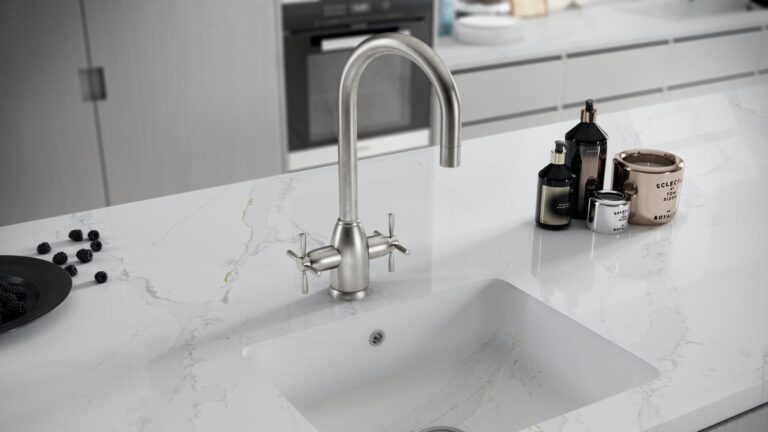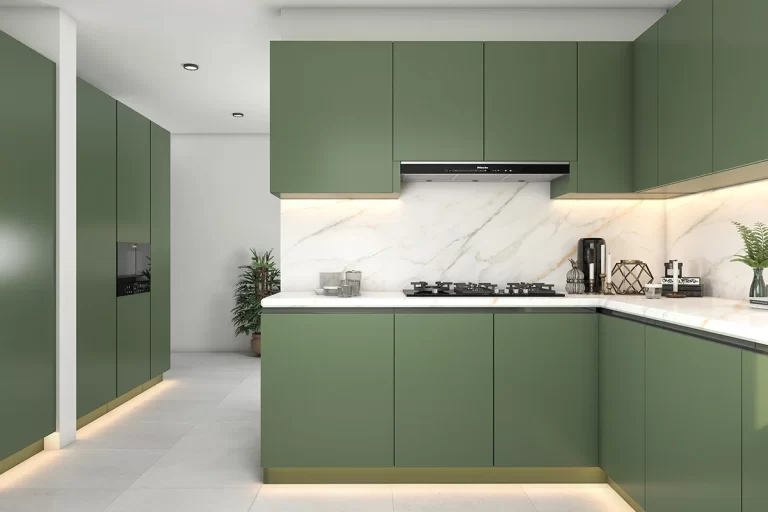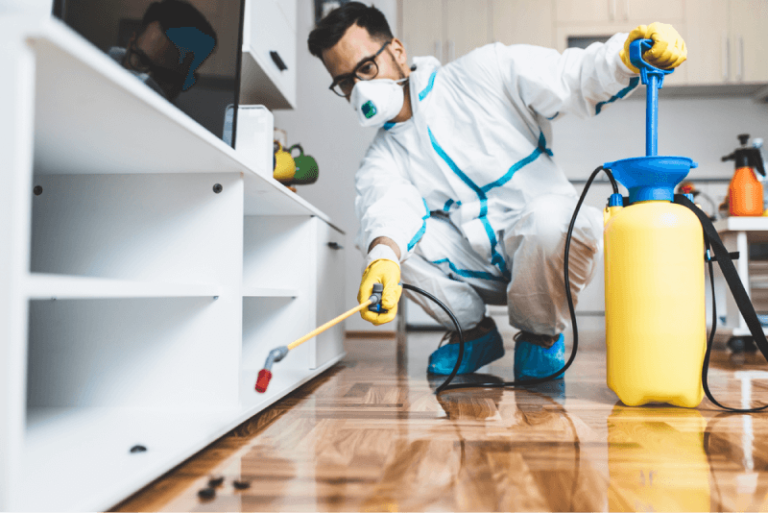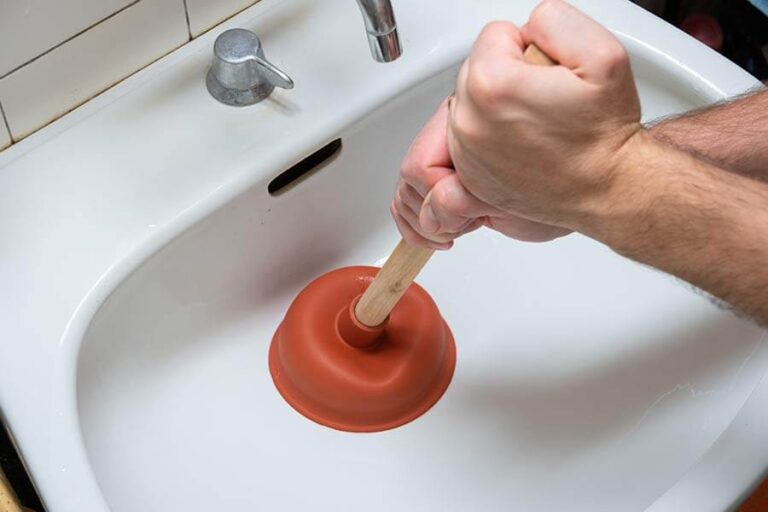Relocating is a thrilling and challenging task for house owners, and it’s far more joyful in a town like Melbourne. Whether it is a local move from city to city or even state to state, having a moving checklist greatly minimises the process. This blog is drafted with the assistance of the most experienced Melbourne removalists so that your move can be as smooth and trouble-free as possible.
1. Early Planning
Begin looking for a removalist at least four to six weeks before the moving date. This not only locks your preferred date but also allows you to plan for the exact volume you’ll be moving and negotiate for any special handling, such as fragile items or larger items. Before choosing a company, it is recommended to request several offers to get the best service offered at reasonable prices.
Creating a detailed inventory list is crucial. This list should include every item you plan to move, categorised by room and importance. The inventory serves multiple purposes—it aids in organising your belongings, assists the removalists in planning their approach, and is essential for any necessary insurance claims.
2. Packing Supplies
-
Boxes and Packing Material
Acquire high-quality packing materials. Depending on your budget, you can purchase new boxes or find gently used ones from local stores or online marketplaces. Ensure you have various sizes, and consider speciality boxes for items like TVs or artwork. Bubble wrap, packing peanuts, and sturdy tape are also vital to guard your belongings throughout transit.
Clearly label each box with its contents and designated room. This not only helps during the unpacking process but also ensures that delicate items are handled correctly. Colour coding or numbered systems can be extremely effective for keeping track of your items.
3. Utilities and Services
Inform all utility providers—including electricity, gas, water, and internet—of your move. Arrange for services to be disconnected at your vintage home the day you leave and reconnected at your new home the day before you arrive. This ensures you aren’t without essential services when you move in.
Updating your address with all relevant entities is essential. This includes governmental agencies like the Australian Tax Office and VicRoads, as well as banks, insurance providers, and subscription services. Consider redirecting your mail through Australia Post to cover any missed updates.
4. Packing Tips
It is valid to state that moving is the most effective time to de-stock and trim down your life. Evaluate each thing and determine if you need it, and then sort out the things that you have decided to sell and those that should be given to charity. This not only eases the process of moving but can also help cut the expenses of moving unneeded items. If you start decluttering, you will make the surroundings cleaner and more orderly. Therefore, your move will be less stressful.
Begin packing non-essential items several weeks before your move. Items used now and again may be packed early to lessen last-minute pressure. For a stress-free and efficient move, consider enlisting the services of experienced furniture movers in Melbourne to manage and relocate your bulky belongings carefully.
Professional movers have the knowledge and tools to securely ship even the bulkiest furniture, permitting you to be conscious of the unique factors of your move. Pack necessities first, and prepare an “open-first” box containing objects you’ll need immediately at your new home, such as toiletries, a few dishes, and bedding.
5. Week of the Move
A week before your move, confirm all details with your removalist. Check items like parking arrangements for the moving truck and access restrictions, and verify your inventory list and moving timeline. Also, keep an eye on the weather forecast to prepare for any necessary adjustments.
Pack an item box with small items relevant to the move that you will rarely want to rummage for. This kit should contain passports/IDs, medications, charging cables/portable chargers, some food, and spare clothes.
Having this essential set on hand can be extremely useful during the demanding process of moving, as it allows you to access any crucial items you may need quickly.
A trial kit ought to be prepared, and it is highly probable that it will be assembled during the shift in an attempt to meet these needs.
6. Moving Day
On the day of your move, it’s crucial to start early. This maximises the use of daylight and provides a buffer for any unexpected delays or issues. Make sure that all the corridors and the entry into the house are unhindered so that the removalists can work without much hindrance from the start.
Before leaving your old home, conduct a thorough final walk-through. Check every room, closet, and garage area to ensure that everything is noticed. Confirm that all windows and doorways are securely locked and that all utilities, which include energy, fuel, and water, are switched off. This attention to detail facilitates preventing any oversights and ensures easy damage from your preceding residence.
7. Settling In
As your assets are unloaded, it is critical to conduct a direct inspection to test every item on your inventory list. This guarantees that any damages or discrepancies are diagnosed and mentioned instantaneously, which is important for coverage functions. By doing so, you could prevent disputes and make certain that any troubles are addressed directly, minimising the threat of further harm or loss.
Focus first on essential spaces like the kitchen and bedrooms. Gradual unpacking allows you to organise effectively and reduces the overwhelm of trying to unpack everything at once. Take your time to set up each room, decorating and rearranging furniture to your taste.
Final Words
By following this comprehensive shifting tick list, you are setting yourself up for a successful and organised flow in Melbourne. Preparation is prime, and with the right removalist on your side, you may stay up for a new chapter in your lifestyle with excitement instead of strain.










